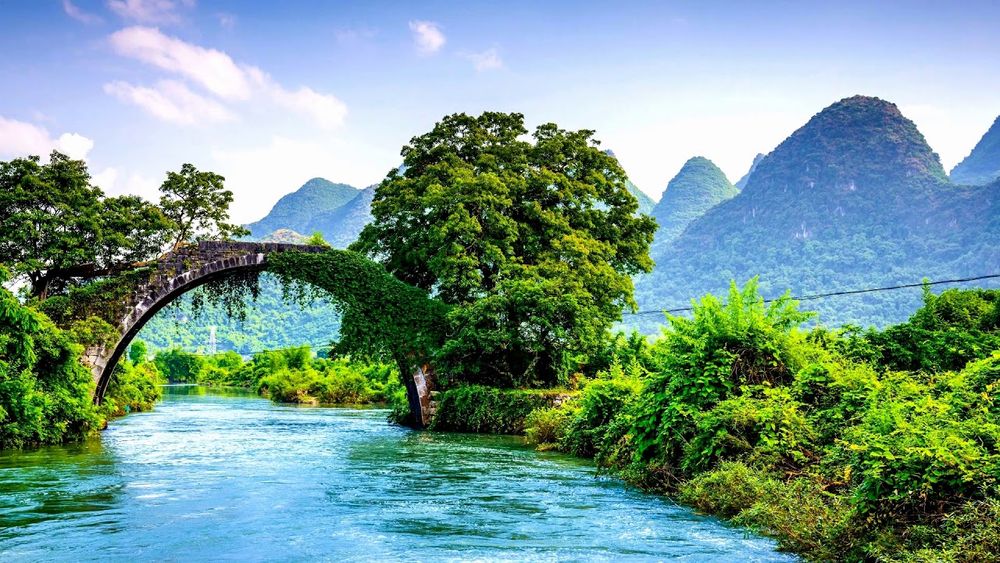The history of the Henan capital goes back to ancient times, but today’s Zhengzhou is a rapidly developing modern city, in which only a few monuments of its ancient past have been preserved. This is the fault of the pilots of Japanese aviation, who completely bombed the city in the late 1930s. For most travelers, the city serves mainly as a transit point on the way to more interesting places in Henan – the Shaolin Monastery or the Maoist commune of Nanjetsun.
Attractions
The museum has an amazing collection of bronze products from the Yin-Shang era, fortune-telling bones and other Finnish artifacts from excavations in Anyana. The porcelain of the Ming and Qing era is amazing, and the dioramas of Kaifeng of the Song era and the ruined palace in Luoyang prove that in the best times of its history Henan was not inferior to ancient Assyria. All exhibits are provided with explanations in Chinese and English.
Yellow River
The Yellow River flows 25 km north of the city; a bus goes there from Ermalu Street. The road passes by the village of Huayuankou, where in April 1938, Kuomintang troops, on the orders of Chiang Kai-shek, blew up dams, trying to direct the waters of the river against the advancing Japanese. This desperate measure cost the lives of a million Chinese, and 11 million more were left homeless and without food.
City walls of the Shang Era
In the eastern suburbs of Zhengzhou, you can see long, high earthen mounds. Ego remains of the defensive ramparts surrounding the city at the dawn of Chinese history, in the Yin-Shang era. The antiquity of the monument does not prevent anyone from climbing in bulk for a walk.
Temple of Confucius
Completely renovated. Bus No. 60 runs from February Square.
Monument to Mao Zedong
The giant, towering at the intersection of Jinshuilu and Renmin-lu streets, points with his hand at the intricacy of concrete overpasses. Do not deny yourself the pleasure of visiting the statue at sunset and taking a couple of classic pictures of the “Chairman against the background of the setting sun”.
